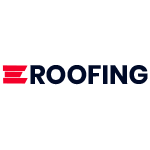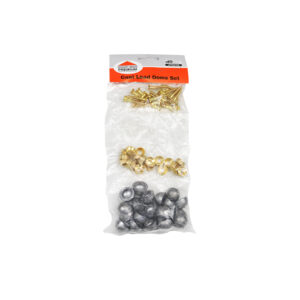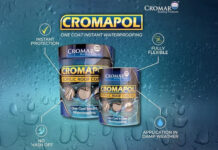We have talked about the various kinds of corrosion protection available for fixings before. However, even the strongest coatings may eventually be worn away. That’s why using totally different materials has become more popular. Plastic caps can be used for some screws, for instance. But perhaps even more useful are lead domes, also known as lead dots.
These lead dots are small, empty half-spheres made of lead. Lead is of course waterproof, and its malleable nature means that its domes can be hammered in over fixings to protect them. These dots are suitable for fixing lead sheeting to stone, masonry, and cladding. They work in concert with specially designed screws and washers.
Note that lead is highly toxic. You should also take extreme precautions when making sure that you are not exposed to it when you are hammering them into place. If you need to use a ladder, you will also need to be confident working on a ladder, If you are not you should consider hiring trusted professionals to carry out the installation instead.
You will need:
- A Hammer
- Safety Gloves and Goggles
- A Roofing Ladder
- Lead Dots (one for each fixing)
- Accompanying fixings
- Power Drill with appropriate drill bits
How to Fit Lead Dots
Drill holes for the fixings as normal, then begin to screw them in. Make sure that the washer for each fixing is in the right place before screwing. Screw tight so that the washer is firmly in place.
Once you have all the fixings in place you can worry about lead dots. place the lead dot over the washer and begin hammering it into place. It shouldn’t need welding and should fit firmly over the washer and be fixed with no gaps for water to penetrate. Once this is complete you can move onto the next fixing and hammer in the dots one by one.






